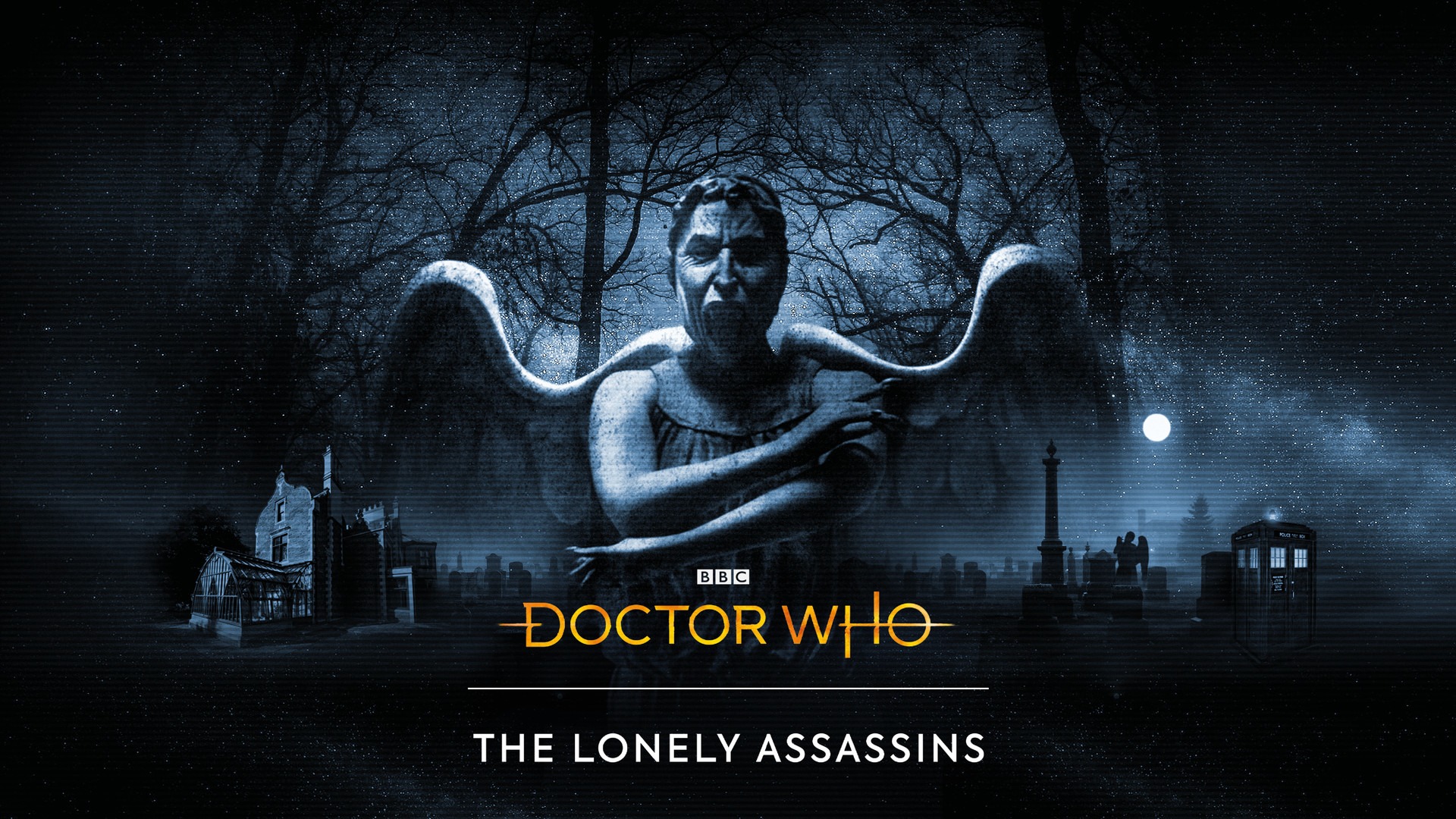Share
Tower defense games hit a massive surge when mobile games started becoming more prevalent, and nowadays you can find hundreds of titles by doing a simple search on the iOS or Android store. Ninjatown released on the Nintendo DS in 2008, before the deluge of tower defense games started on mobile. Despite that, it’s one of the best uses of the genre I’ve ever seen.
Towering Above the Rest
Ninjatown is actually based on a line of toys and art known as Shawnimals, with one of the Shawnimals characters being the Wee Ninja. In the game you’re tasked with defending the titular Ninjatown, taking on the role of Ol ‘ Master Ninja leading the defense. Each map features a selection of pre-assigned grids where you build different Ninja huts or enhancement buildings, all in an effort to stop the stream of enemies from reaching the other end of the path. There’s a basic but hilariously tongue-in-cheek story that runs through Ninjatown, involving Mr. Demon coming to the town to steal the recipe for the delicious Ninja Star Cookies. It’s absolutely nothing serious, but the game manages to be consistently funny, like how the Assistant Ninja has a hard time climbing a mountain with one arm, because he’s too busy holding his pie chart in the other.
Things start out fairly standard in Ninjatown, letting you choose between basic melee Wee Ninjas and Pea Shooter ranged Ninjas. As the game goes on, however, your gameplay options expand wildly with some really different buildings and powers. A personal favorite of mine is the tie-wearing Business Ninjas that distract enemies with their cell phone attacks. The different melee and ranged Ninjas make up the bulk of your defense, and defeating enemies provides cookies that can be used to upgrade buildings. The second option in your repertoire is the Ol’ Master Ninja powers, noted by a Happiness Meter that builds up as stages go on. There’s a wide array of power that sequentially unlock as you go through the game, and many of these require you to interact with the DS in unique ways. The Get Off My Lawn power has you blow in the mic to create gusts of wind, while the Magnifryer lets you burn a specific enemy by holding the stylus down on them. On top of all this, you’re awarded an extra item at the end of each level that you can use in subsequent levels. These items take the form of different placable Ninjas that last for a few seconds, like the Baby Ninja that slows down an area of enemies with its distracting cuteness.

Legacy of the Wee Ninja
All of these options provide a ton of variety for you to play around with, and there’s generally no one way to approach levels. In fact, most levels have more building squares than you’ll ever be able to use, but it’s intentionally done to provide a wealth of strategies. This idea applies across all of Ninjatown, and compared to other tower defense titles, it simply feels like this game goes a step further to provide players with choices. Later levels also do a fantastic job of shaking up gameplay and making you grapple with multiple different systems. A few levels, for example, introduce cannons into the mix, forcing you to defend two different lanes. One path has to be defended by tapping on the cannon to fire, while the other lane is the more traditional building defense.
Ninjatown may not be the longest game out there, but there’s so much variety packed into its nearly eight-hour runtime. Everything’s united by a simple art style that still manages to be incredibly charming and only adds to the overall humor of the game. The maps also have good visual variety as the game moves you from one area of Ninjatown to the next,
There’s really only one major criticism I can weigh at Ninjatown, and that’s the game’s sound design. There’s an abysmally low amount of music tracks, and by and large, you’ll be hearing the exact same song over and over throughout the game. The actual character sounds are fine, if not exceptional, but the belching noise of the large demons can be grating after a while. Sound design is a negative mark, to be sure, but the gameplay design makes up for it in other areas. Ninjatown is one of those games that feels like it makes full use of the Nintendo DS’s design, and it’s honestly baffling that it’s the only tower defense title I can think of on the handheld. It seems like the genre would be a sure fit for the touch screen, but strategy games as a whole had a rough go of things on the DS.

Even after all these years, Ninjatown stands as one of the very best tower defense titles ever made. There’s a lot of actual strategy that goes into the experience, and it’s just a wholesome feel-good game all around. If you can get your hands on a copy somewhere it’s more than worth it. Used copies can still be found on Amazon and other sites, of course, you’ll need a DS or 3DS in order to play it. There is one other Ninjatown game that released on iOS called Ninjatown: Trees of Doom; an upward-scrolling climber that’s sadly no longer available on the App Store. Emulation may still be an option for Ninjatown, but it’s still a shame that the game hasn’t been re-released in some fashion, especially on mobile where tower defense titles flourish.


